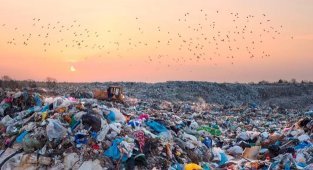The Great Pacific Garbage Patch is not a pile of trash floating on the surface of the water - although that is what is usually pictured when thinking about ocean pollution. In fact, you may not even notice this garbage patch visually if you swim close to or directly over it. 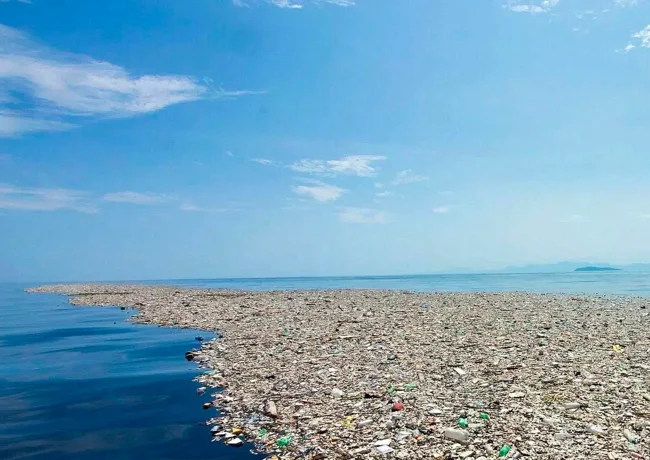
Such photos of garbage islands are usually taken near the shore - then the plastic has time to decompose into smaller pieces
This garbage patch is sometimes caustically called a new continent, since its total area is estimated to be almost 4.5 million square kilometers. The estimate is controversial, but the central part with the highest concentration of garbage covers no less than 1.6 million square kilometers.
This metaphor, however, still contains the idea that oceanic accumulations of garbage are similar to what landfills look like on land. However, another comparison that journalists often use is closer - with a soup in which ingredients of different sizes float. 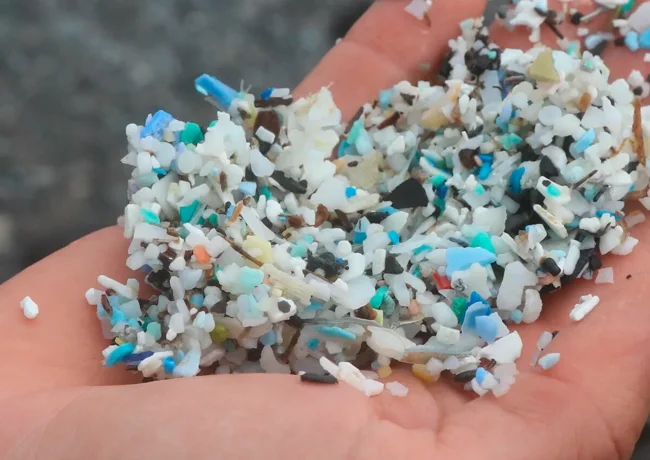
This is what disintegrated plastic looks like, but it could be even smaller.
The fact is that the main part of the pollution here is small debris that appears due to the fact that plastic from bottles disintegrates. The explanation for this is the so-called photodegradation, a process in which, under the influence of light, plastic decomposes into the smallest particles possible. This suspension makes up most of the garbage stain, like some grain in a soup.
This garbage patch is located, as the name suggests, in the Pacific Ocean - between Eurasia and North America. It is even divided conditionally into two parts - the western and eastern spots. 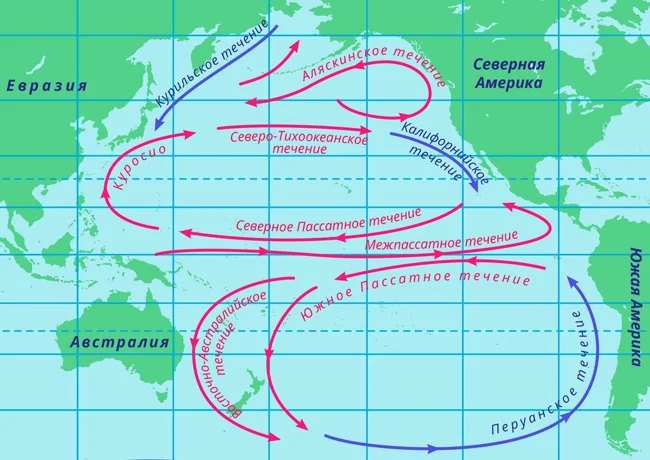
Pacific currents
But in the end, it turns out that all the garbage ends up concentrated in a certain space and does not float away anywhere - this is a consequence of the peculiarities of ocean currents and the fact that there is a constant calm in the spot area itself.
In this case, we are talking about the so-called Northern Ring of water movement, which includes currents such as the North Pacific, California, North Passat and Kuroshio. A garbage patch forms inside this ring, where currents pull debris from all over their path. Accordingly, garbage from Japan, Asia, North America and even Africa ends up here. 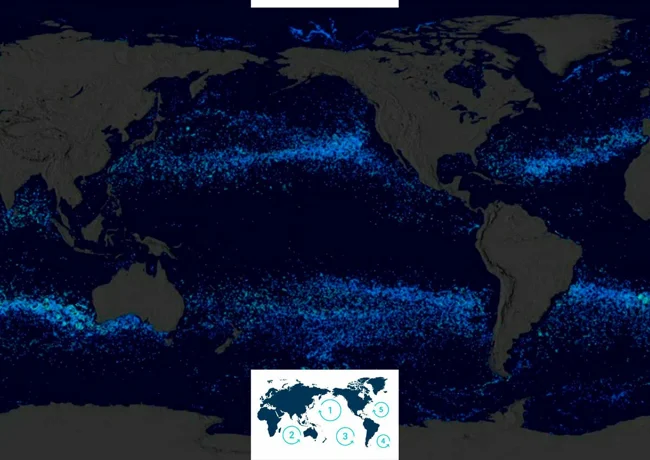
5 main areas of ocean pollution - it seems like garbage is everywhere
At least scientists say that the vast majority of garbage is transported to the ocean by, among others, rivers such as the Yangtze, Indus, Yellow River, Amur, Mekong, Ganges, as well as the Niger and Nile. In total, as researchers have calculated, 80 percent of the garbage was carried into the ocean from the continents, the rest is thrown out from ships.
This statement is true not only for the Great Pacific Garbage Patch, but for the entire ocean. By the way, now on the planet, researchers count 5 large accumulations of garbage - two each in the Atlantic and Pacific, and one in the Indian Ocean. 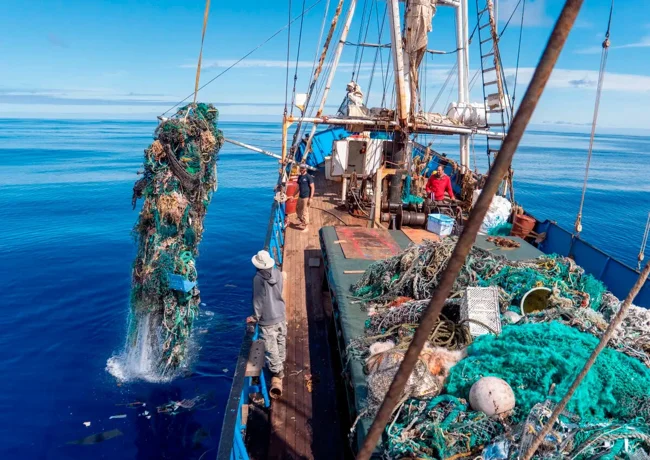
Special ship catches old nets and other debris from the ocean
Garbage from ships is a different story. These latitudes in the Pacific Ocean once upon a time, when ships were sailing, were called horse latitudes - literally because of the horses. The fact is that if these animals died during transportation, they were simply thrown overboard - and the currents brought them here the same way they now bring plastic and other garbage.
Now ships, in this case fishing ships, have another problem - fishing nets, which do not decompose, and therefore often become a trap for the inhabitants of the underwater world. However, you don’t have to choose which is worse in this case – everything is bad. 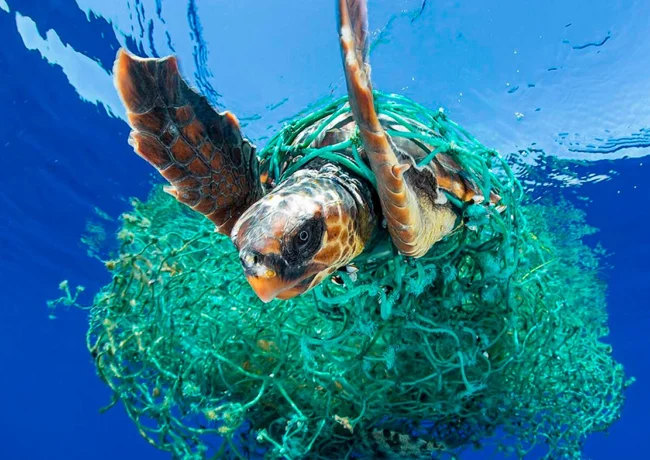
A turtle caught in a net thrown into the ocean
Small trash like bottle caps, plastic lighters, etc. It is no less harmful because it ends up in the stomachs of fish, animals and birds. The fish swallowed the lighter, the bird ate the fish, and now in its stomach there is something that kills it.
What can we say about the disintegrated plastic, which is present in the water in the form of small particles, almost invisible powder - all this becomes food, one might say, automatically. After all, very small particles are eaten by zooplankton - mollusks, crustaceans, fish fry, etc. And then according to the same food chain scheme: fish and aquatic animals feed on plankton, and humans feed on them. So the path of human-generated plastic often ends in the stomachs of people themselves. 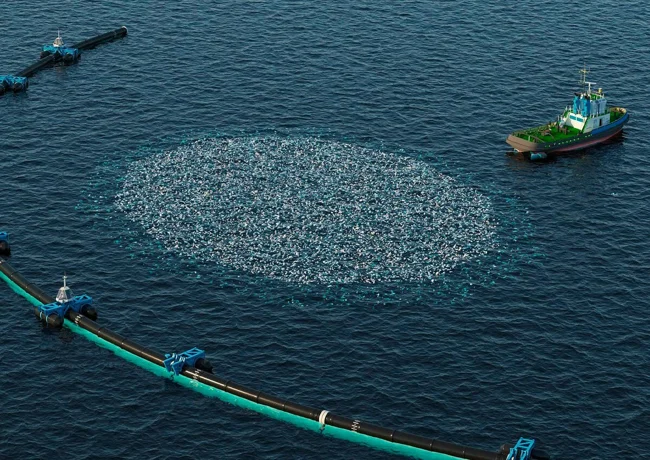
They try to collect large plastic waste before it breaks down
It is clear that there are various smaller pockets of pollution in other places in the world’s oceans. When it comes to large garbage, they try to remove it - at least to make it easier, and there are many projects that aim to clean the ocean of such garbage. But it’s quite difficult to defeat that same plastic suspension, so the situation is only getting worse every year.
Interestingly, it also has other, rather unexpected consequences - giving, in a sense, new life to other living organisms. Not long ago, biologists made a discovery - where garbage islands form in the ocean, organisms suddenly appeared that previously lived exclusively in coastal zones. The garbage became something like a floating house for them. 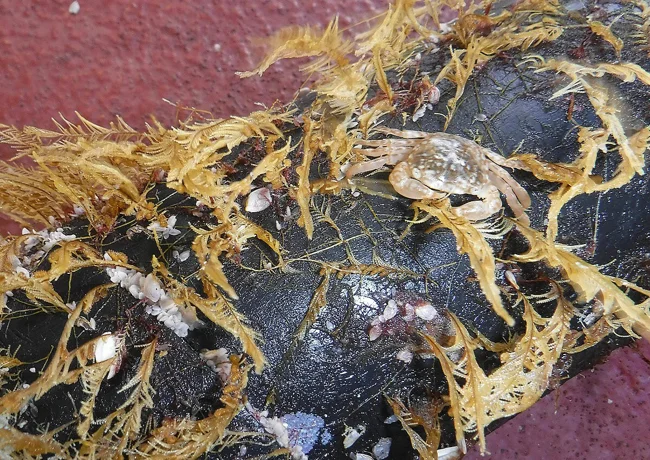
Crab and smaller organisms living on some debris
We are, of course, not talking about large animals - for example, scientists have discovered so-called sea acorns, sea anemones and even crabs on such garbage. For scientists, this is a real discovery and, in a sense, nonsense, since all these organisms have never appeared in the open ocean before.
On the other hand, can such half-dead territories be called open oceans? Hurry up
0 comments
